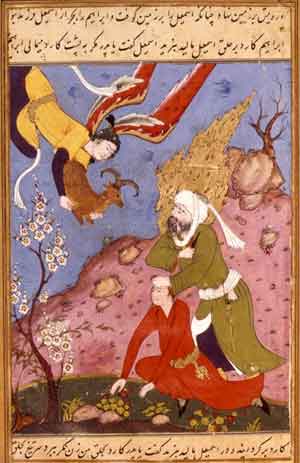 I forgot to conclude a series I began some weeks ago so let’s at least start to bring this one to a close. I was discussing Leroy Huizenga’s thesis that the Jesus in the Gospel of Matthew has been crafted from the Jewish stories of Isaac. Two reasons this has not been noticed before are suggested. Matthean scholarship has been
I forgot to conclude a series I began some weeks ago so let’s at least start to bring this one to a close. I was discussing Leroy Huizenga’s thesis that the Jesus in the Gospel of Matthew has been crafted from the Jewish stories of Isaac. Two reasons this has not been noticed before are suggested. Matthean scholarship has been
- “fixated on the formula quotations to the exclusion of other forms of Matthean intertextuality”;
- “redactional-critical, not narrative-critical”
. . . thus, scholars miss the cumulative narrative force of the many allusions to Isaac. (p. 70, The Matthean Jesus and Isaac in Reading the Bible Intertextually)
The previous two posts in this series covered various Jewish views of the sacrifice of Isaac in the pre-Christian and early Christian eras. Isaac came to be understood as going willingly and obediently to his sacrificial death, offered up primarily by God himself, with his sacrifice having a saving or atoning power. All this happened at Passover and on the Temple M0unt. Some of the following post will make more sense if those two previous posts are fresh in mind.
(In what follows I single out some of the more striking features of the argument and am not attempting to reproduce all of the facets and nuances Huizenga addresses. Much will be assertions of examples of intertextuality with only a little of the argument for them. This post is an outline of a chapter that is a synopsis of a thesis.) Continue reading “Matthew’s Jesus crafted from the story of Isaac”

